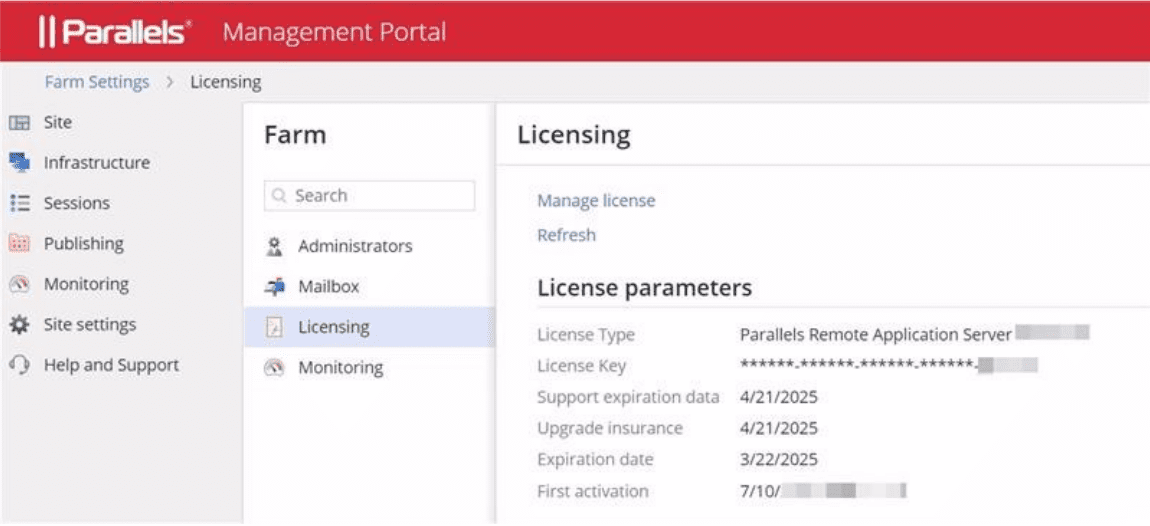
How Parallels RAS concurrent licensing makes life easier for IT admins
Many enterprises that offer virtual applications and desktops to employees subscribe to per-user or per-device licensing due to pricing. Where concurrency is offered, it often comes with a higher price tag. For example, Citrix offers licensing options for its virtualization products based on several if/then scenarios, only one of which is costly concurrency licensing for on-premises deployments. What is the best option for your IT organization?
First, let’s ensure that we have a clear understanding of per-user and per-device licensing and compare that to concurrency. Along the way, we’ll also explore how to optimize licensing from a cost and management standpoint.

Per-user and per-device licensing
This type of licensing requires that a license be assigned to each user or device. Straightforward? Not so much.
For example, per-user licensing dictates that if you have 1,000 users, you need 1,000 licenses. What if 15% of those users are out of the office on PTO, company holiday, traveling, meeting with customers, or otherwise not logged in each day? That means that 150 licenses are being paid for yet not used.
Per User: 150 x [cost of license] = Money wasted on unused licenses
Let’s take this example one step further. The IT admin is responsible for allocating licenses to users, as well as de-allocating licenses. While the allocation process is typically in lockstep with new user requirements, the de-allocation process might lag or not be addressed properly. Going back to the 1,000-user environment, if 25 users no longer access virtualized applications or desktops because these individuals are no longer with the company or have changed positions that don’t require these resources, that means that another 25 licenses are uselessly being consumed.
Per-User: 25 x [cost of license] = More money wasted on unused licenses
Concurrent licensing
Parallels RAS licensing is much simpler. When a user logs in, a license is consumed. When a user logs out, the license is released.
Parallels customers appreciate the cost-savings of concurrency, and there is no management overhead.
An additional benefit of concurrency is that some licenses are reused throughout the day as users log on and off, and global entities may be able to optimize licensing based on time zones. For example, when a user in Eastern Europe is calling it a day, a user in the Western USA is just logging in.
Back to the use case focused on 1,000 users. Let’s assume that only 200 users access virtualized resources at any one time, perhaps because they only need the resources for a portion of each day or users are distributed across non-overlapping time zones.
Concurrent: 200 x [reused licenses] = Cost savings
In addition, concurrent licensing eliminates the burden on IT of allocating and de-allocating licenses for each user. Of course, this soft cost savings will vary within each enterprise. Instead, it’s simply a matter of ensuring that sufficient concurrent licenses are available based on existing usage and adding more concurrent licenses as the environment grows.
Parallels RAS simplicity
Concurrent licensing is just one aspect of Parallels RAS that validates product simplicity.
Parallels RAS is focused on removing complexity. After you install Parallels RAS, the admin interface will immediately convince you that simple is better than complex.
By the way, Parallels RAS licensing includes 24/7 Technical Support, so that’s not an extra add-on cost and results in further savings.


